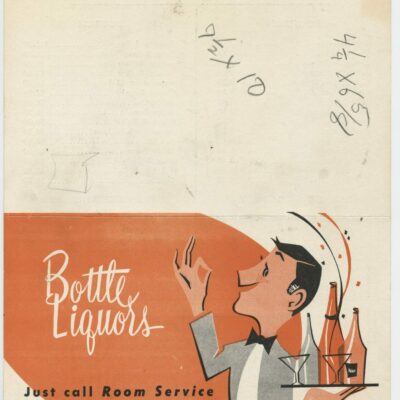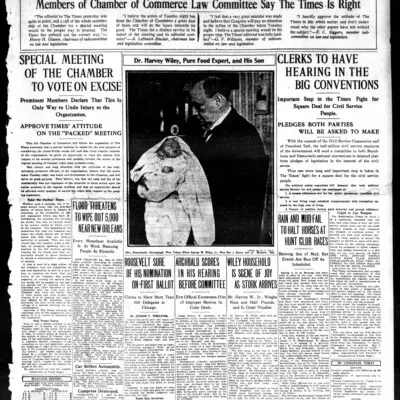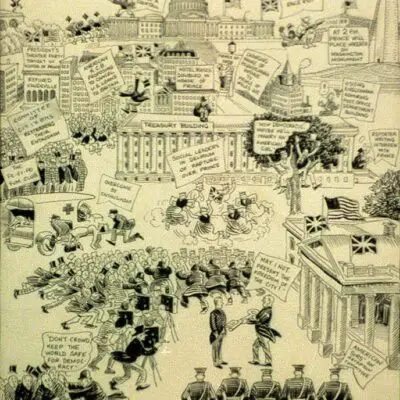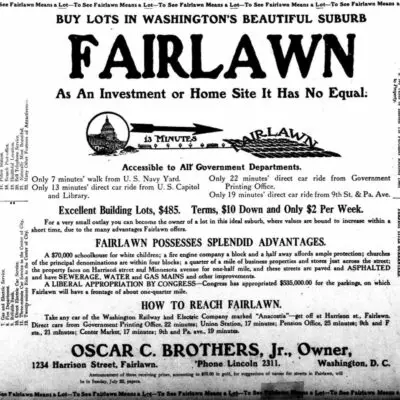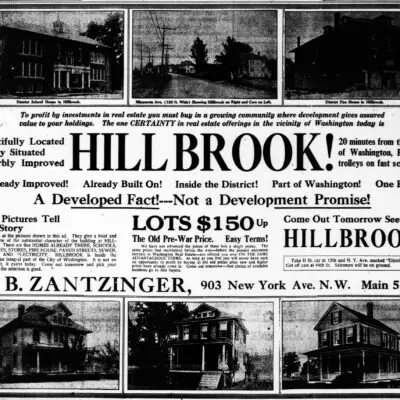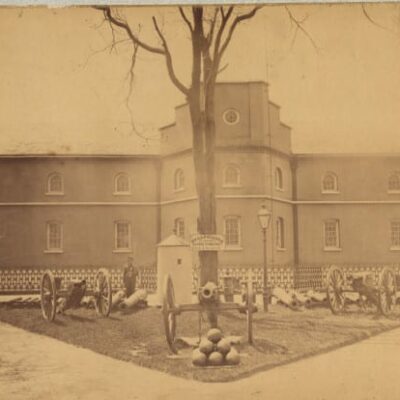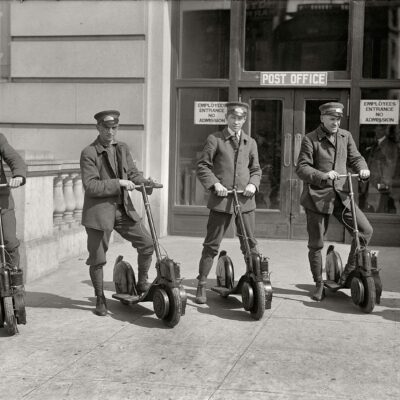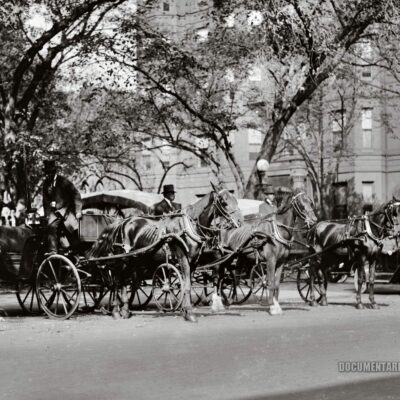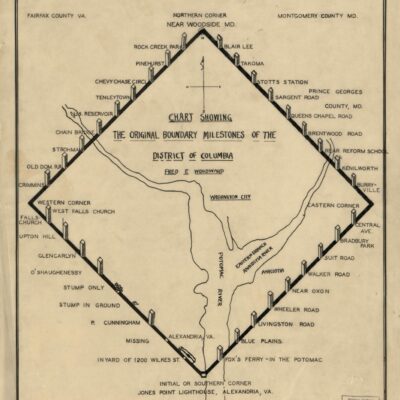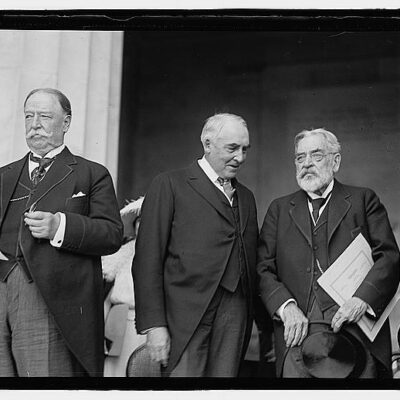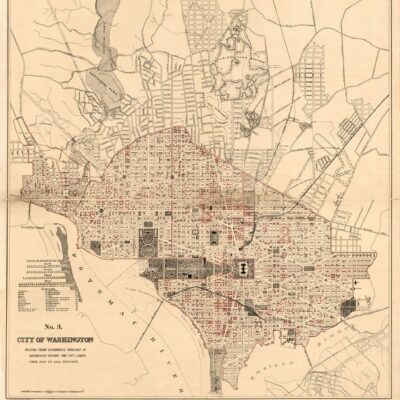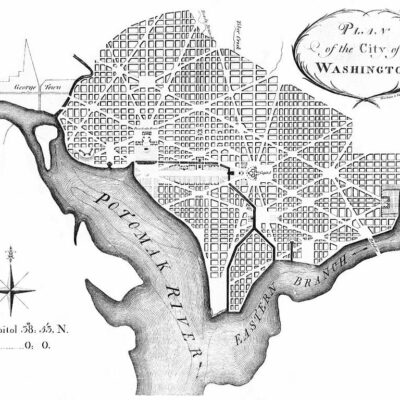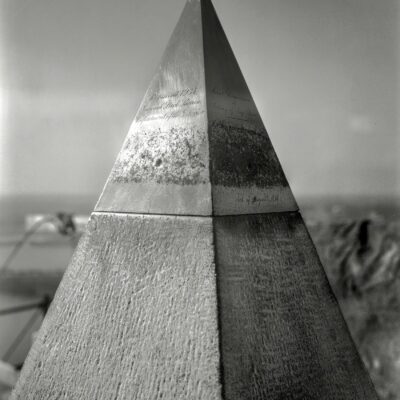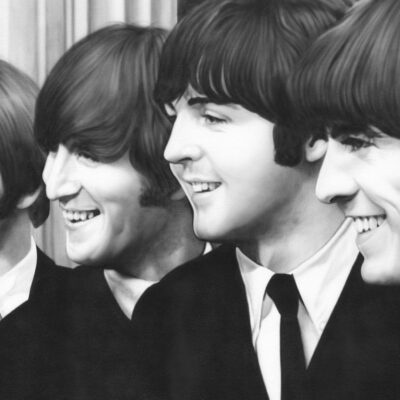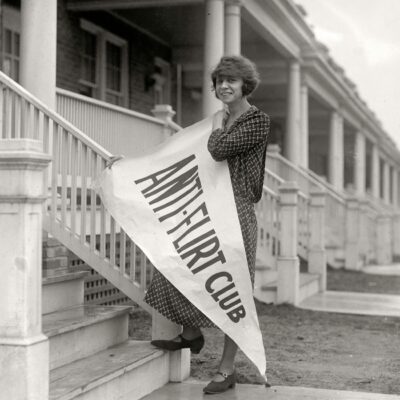We shared an map of American University and Camp Leach from World War I when it was used to test chemical weapons. Many don’t know the extent of chemical warfare experiment that were conducted on and near the university grounds during the Great War.

We did some more digging for interesting stories and came across this in The Washington Post one mentioning a reunion of World War I soldiers in 1958. The title caught out eye “He Shelled Wisconsin Ave., Blushing Doughboy Reveals.”
The Gas Regiment, forerunner of the modern Army Chemical Corps, had just been hastily organized in Washington to find the answer to the threat of chemical warfare, unleashed by the Germans in 1915 at Ypres, Belgium, according to Wood’s story.
Maj. Charles P. Wood was originally from Warrenton, Virginia and, since the war, a consultant in New York City for an engineering firm. It continues.
Using a British design and a research grant of $250, Major Wood cooked up a contraption consisting of a 36-inch section of 8-inch pipe with a cap on one end. It was tested in a ravine on the American University campus early in November, 1917.
The regiment dumped in a little powder, a shell filled with water instead of gas and touched it off with a blasting cap. Bang. Range: 30 feet. A little more powder . . . a little mnore range.
“Finally I got impatient,” Wood recalls. They poured a big batch of powder down the muzzle. Another bang. The shell whistled over the treetops toward one of the more prosperous residential sections.
Visions of court-martial danced in the Major’s head. “I fanned out the boys and we headed off to see whose mansion we had demolished,” he recalled.
The shell was found harmlessly buried in a grass plot just off Wisconsin ave. nw. ” OK, boys,” Wood breathed in relief, “just remember, this spot was our target.”
Good times! This were just wildly more innocent back then weren’t they?
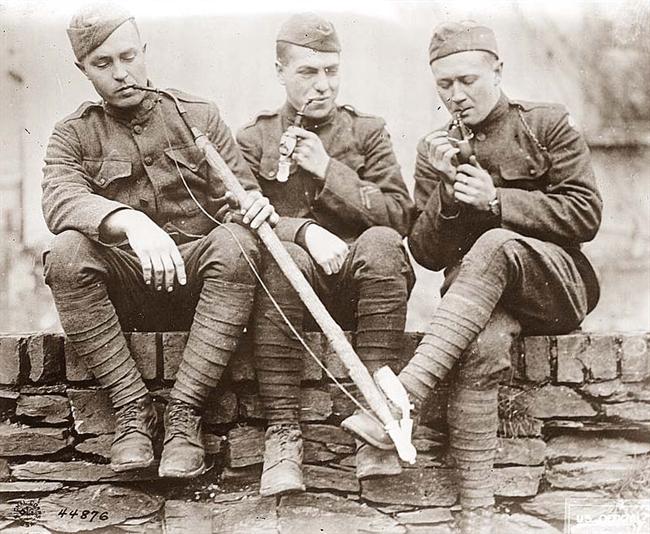
![Army Officers at New Year reception, [Washington, D.C.], 1/1/25](https://ghostsofdc.org/wp-content/uploads/sites/7/2014/01/26557u-400x400.jpg)
